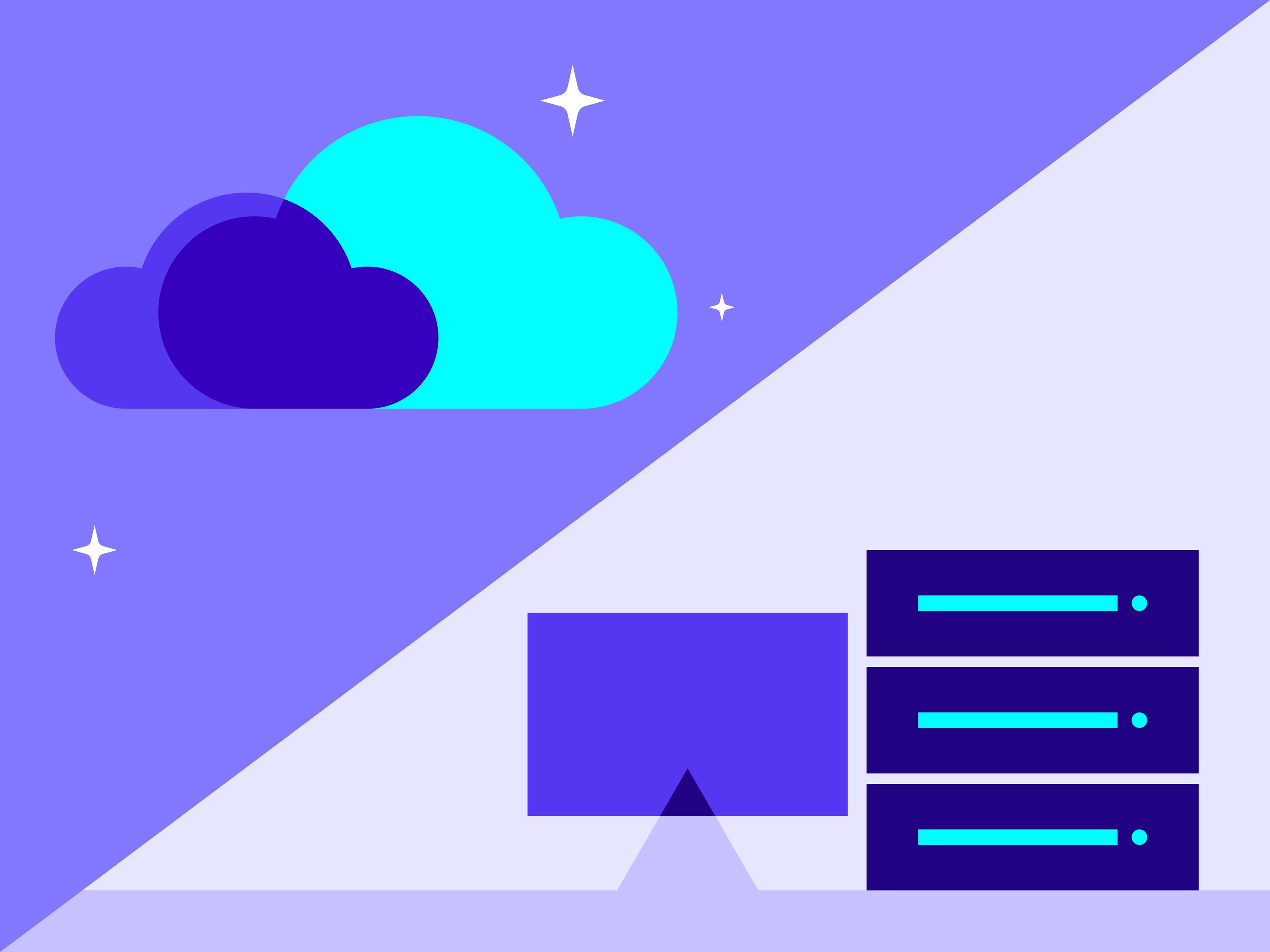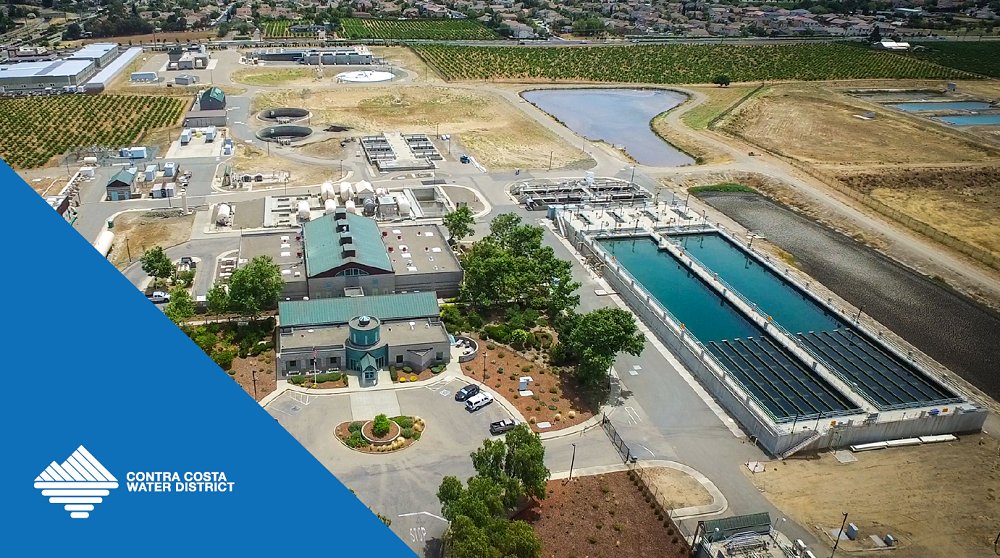Software as a service (SaaS) has transformed the way we build businesses, organize information and communicate with other people, but the water sector has lagged behind. Most utilities continue to use desktop-based legacy software to manage everything from compliance data, to assets, to customer billing and spatial data. For a sector known for its conservative approach to technology and limited budgets, it’s understandable that utilities would be slow to embrace these tools. But SaaS applications present water and wastewater utilities with a unique opportunity to budget more effectively, improve internal processes, and buy tools that are uniquely tailored to their needs.Here’s why and how utilities can fully take advantage of this exciting new wave of technology and services.
What is SaaS?
If you’ve ever used tools like Dropbox, Shopify or Salesforce, you’ve used Software as a Service (SaaS) applications. They’re delivered to the customer through a web browser interface via the cloud, are continuously and automatically updated, and are provided to the customer on a subscription basis. These tools have transformed the way we use software, making it accessible to anyone with an internet connection, easier to maintain and improve on the developer’s end, and also faster to deploy for the organization. Today they play a crucial role in the modern workplace, particularly at large organizations where implementing new technologies and bringing users up to speed with new tools can be a challenge. But for water utilities in particular, SaaS presents a few crucial benefits:
1. Ease of Configurability and Integration
How 'configurable' something is refers to how easy it is to adjust and tailor an existing piece of software without altering a single line of code. The more configurable a system is, the more adjustments the user can make. SaaS applications tend to be highly configurable, making them cheaper and easier to use than custom-built software.Software integrations bring together different kinds of software to produce a single, well-oiled, unified system.Integrations don’t just save you time: they allow your system to do things that individual software modules simply wouldn’t be able to do by themselves, like pull data into dashboards, generate and submit reports, mine large datasets for interesting insights, and more.Many SaaS applications boast powerful integration capabilities, making it easier to seamlessly integrate them into your existing processes.When it comes to the water sector, configurable SaaS with powerful integration capabilities presents an exciting opportunity. Gone are the days of using applications built for other industries with a raft of features you don’t need. With SaaS tools like Klir, utilities get all off the functionality they need, and nothing they don’t need.
2. Continuous and Automatic Improvement
By their nature, SaaS tools are easier to update and improve. Instead of getting bogged down in manual patches or updates, developers can simply push them to the cloud, with little to no involvement needed from the end user. On the developer’s end, this makes it much easier to build ambitious roadmaps and continuously improve. While users enjoy uninterrupted access to their tools, developers can monitor how they’re using them in real time and make adjustments on the fly. Instead of improving reactively, developers can adopt a proactive approach to making the product better, anticipating users’ needs even before the user does. It's also important to note the service element of SaaS. Many developers today will go beyond what customers normally expect from a support team, using customer success teams to continuously liaise with and work on the product with customers to facilitate quick communication and iteration. With SaaS, developers and customers will often work together as partners to set priorities, shape the product roadmap, and build a product that is truly responsive to the end user's needs.
3. Pricing Is Simpler, More Flexible and Easier to Predict
Many traditional pricing models for software require you to pay for both a license up front, and also any maintenance, technical support, new versions and upgrades the developer releases down the line. If you plan on using that software for a while, those upfront and recurring costs can accumulate quickly and unpredictably. SaaS solves this problem by rolling all of those costs—support, maintenance, upgrades, patches, new releases, etc.—into a single subscription fee, simplifying and making your costs more predictable. Not sure you need all of the functionality of the full version? SaaS pricing also makes it easier to pick exactly what you need out of a software solution without paying for what you don’t with by-the-feature pricing. This can be especially useful if you aren’t sure yet how many users on your team will be using a particular app, or how much your use of the app might scale in the future. When it comes to SaaS, the name of the game is flexibility and speed. Buy and use exactly what you need, deploy it in your organization quickly, and let the developer take care of the rest.
Harness The Power of SaaS With Klir
We believe that utilities deserve world-class software custom-built for the water industry. Ready to see how scalable, flexible, continuously improving SaaS tools can help your utility overcome its biggest data challenges? Book a demo and get a tour of Klir today.

.svg)
.svg)



.svg)
%201%20(1).svg)